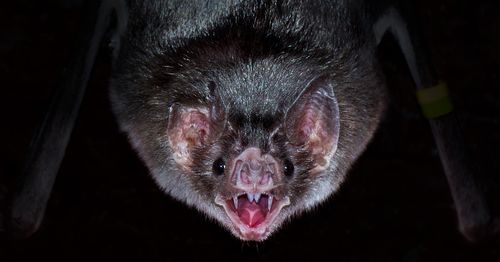Researchers have sequenced 24 coronavirus genomes, four of which were found to be new viruses closely related to SARS-CoV-2.
Experts from Shandong First Medical University and Shandong Academy of Medical Sciences in Taian, China, studied 302 samples of faeces and urine, and took 109 mouth swabs from 342 live bats between May 2019 and November 2020.

The researchers trapped and released nearly two dozen species of bats in an area spanning about 1100 hectares.
One of the viruses researchers found in a Rhinolophus pusillus bat shared 94.5 per cent of its genome with the COVID-19 pandemic virus – the second-closest known relative to SARS-CoV-2.
The closest known relative is currently RATG13, a coronavirus which was found in a Rhinolophus affinis bat in Yunnan in 2013, which shares 96 per cent of its genome with SARS-CoV-2.
The current scientific consensus is that SARS-CoV-2, the virus behind the COVID-19 pandemic, evolved in bats and then spread to humans, potentially with an intermediary animal host.
The findings have not yet been peer-reviewed, but the results suggest viruses similar to SARS-CoV-2 continue to circulate in bats and remain prevalent in some regions of China.
This content first appear on 9news
